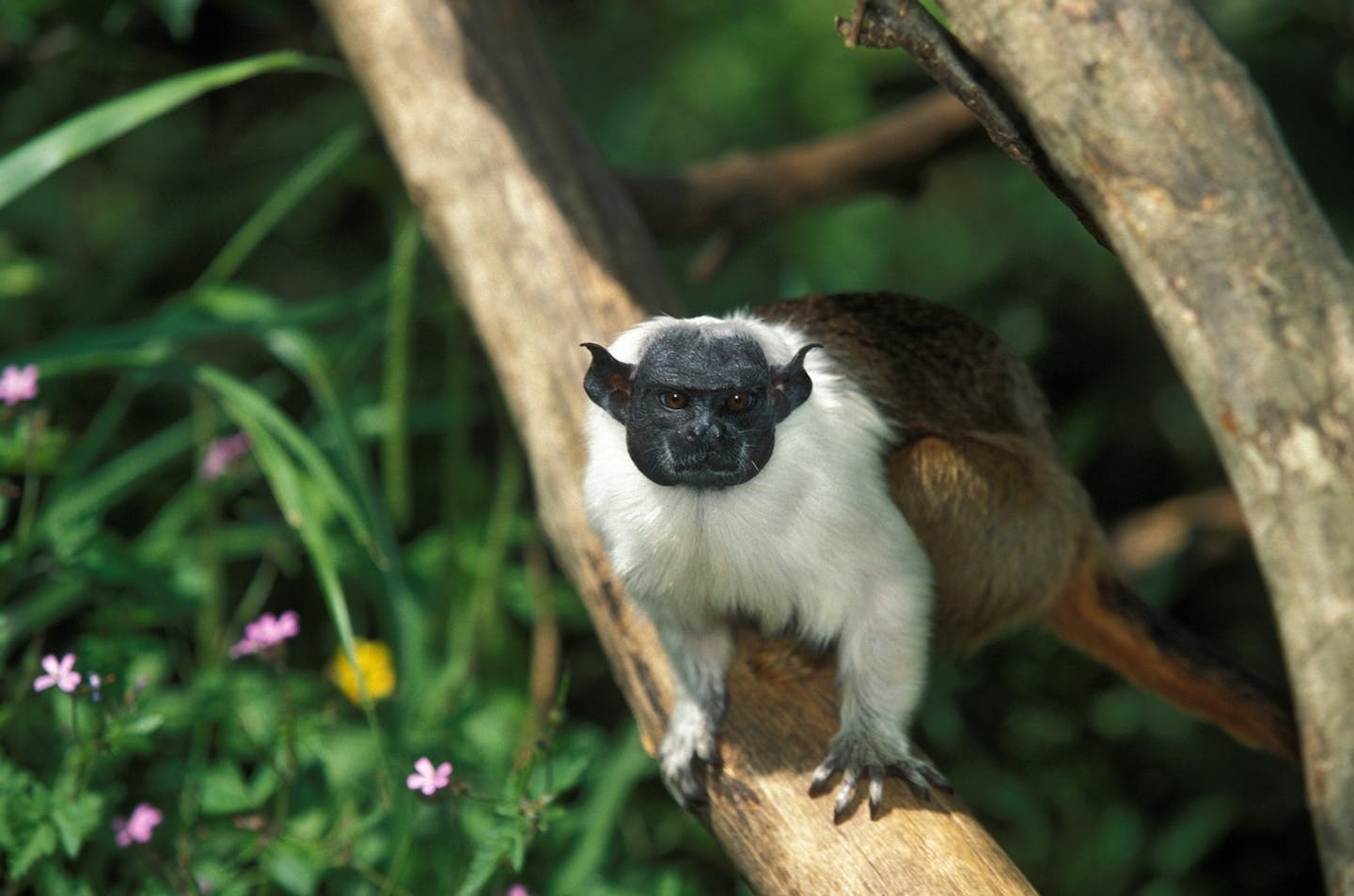Meet the pied tamarin, with one of the smallest ranges of any primate
One Earth’s “Species of the Week” series highlights the flagship species of each of the 844 unique ecoregions contained within Earth’s bioregions.
Only in and around the Amazonian city of Manaus can be found a monkey with massive ears that resemble the “Bat-Signal.” While the pied tamarin (Saguinus bicolor) may be modest in size and range, they “come to the rescue” in their ecosystem, eating pests and dispersing seeds.
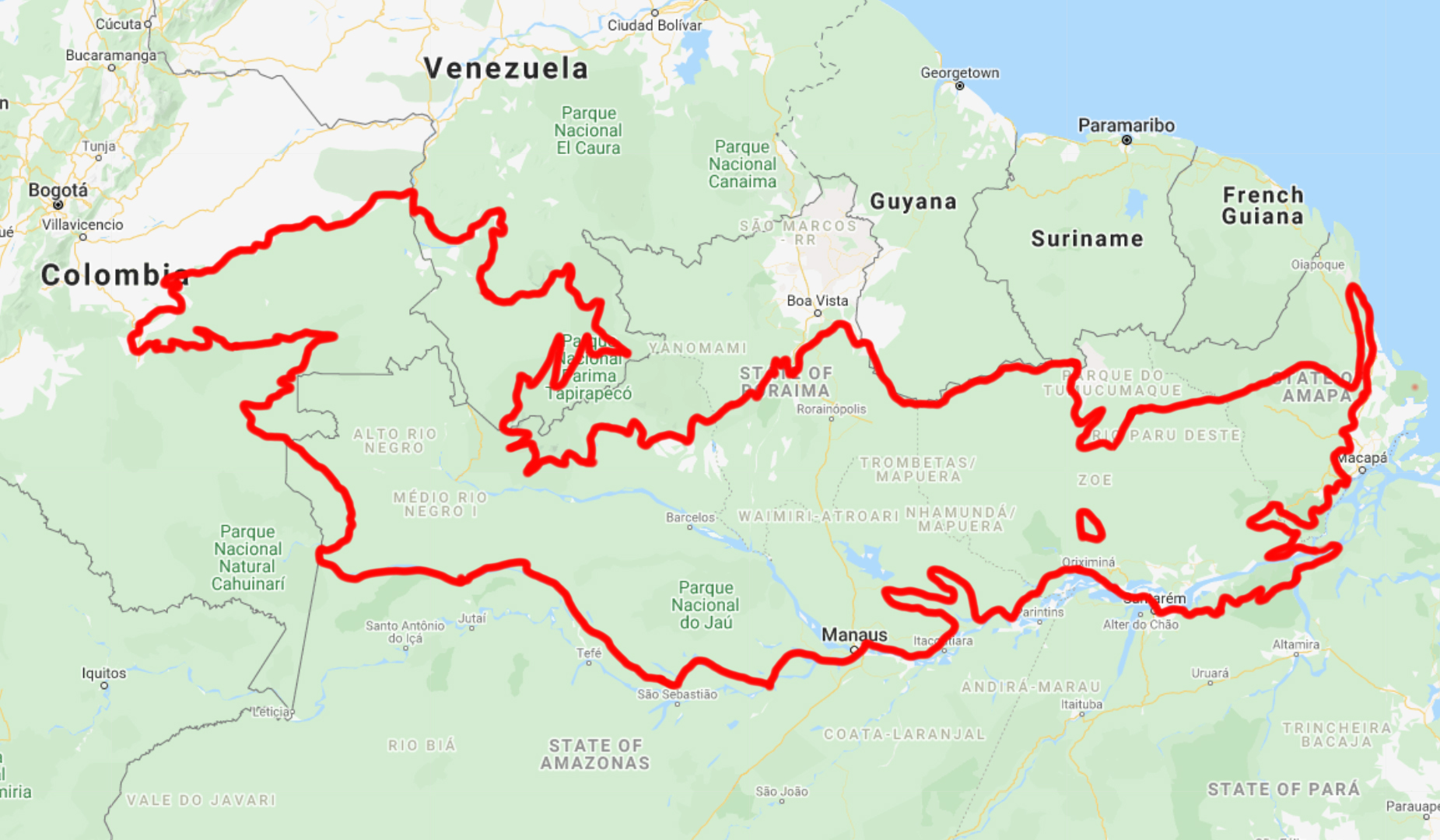
Pied tamarins are the flagship species of the Uatumã-Trombetas Moist Forests ecoregion, located in the Northern Amazonian Forests bioregion (NT20).
Small but mighty claws
Also known as the Brazilian bare-faced tamarin, the pied tamarin measures 18-30 centimeters in body length (7-11 in) with a 12-14 centimeters (4.7-5.5 in) long tail. They can weigh anywhere from 220-900 grams (7.7-32 oz).
Males and females look the same with a three-block coating scheme. Their tails, hind legs, and lower body are a dark to almond brown, while their forearms and upper body to the back of their heads are fluffy white. This contrasts their faces and pointy-ruffled ears, which are black and mostly hairless except for a few wisps of white.
Rather than hands with nails, pied tamarins have specialized claws that are well-adapted for latching onto branches and bark as they roam the rainforest. They also aid in extracting gums and saps from trees.
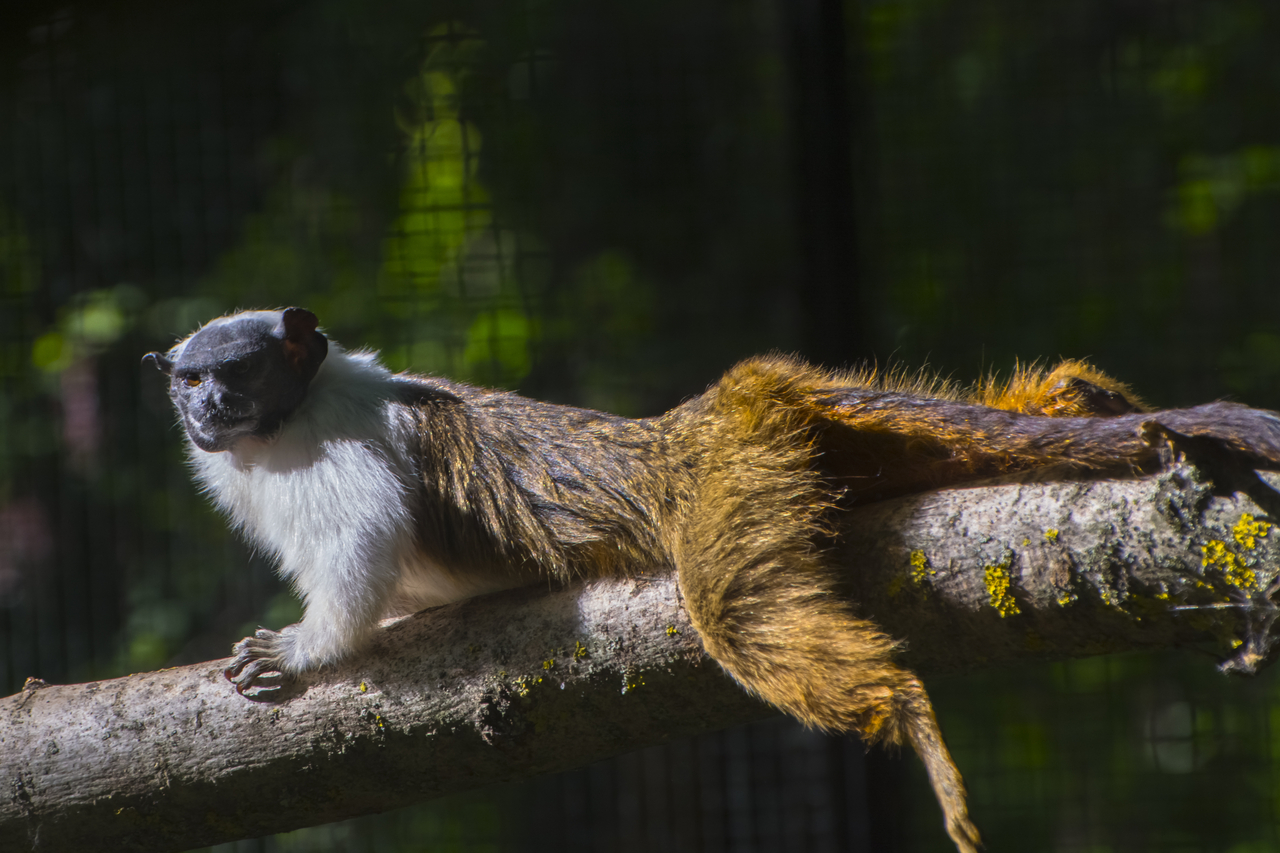
Double serving their ecosystem
Pied tamarins are omnivorous with a wide-ranging diet, feeding on flowers, fruits, insects, frogs, lizards, and any creature small enough for them to prey upon. Therefore, they serve a dual role in their ecosystem. Dispersing seeds from their droppings, they help plant new vegetation and keep small pest, reptile, and amphibian populations in balance.
A female-led society
Compared to other primates and even other tamarin species, pied tamarins live in an atypical structure. Groups range from two to 15 members comprised of multiple males and females.
A female alpha rules over the community and is the only female allowed to mate. She releases a pheromone that suppresses the other females’ estrus cycles, ensuring her dominance.
Gestation lasts 140–170 days, and mothers typically give birth to twins. Young tamarins are cared for primarily by the father, with members of the group helping. Mothers typically only provide nursing.
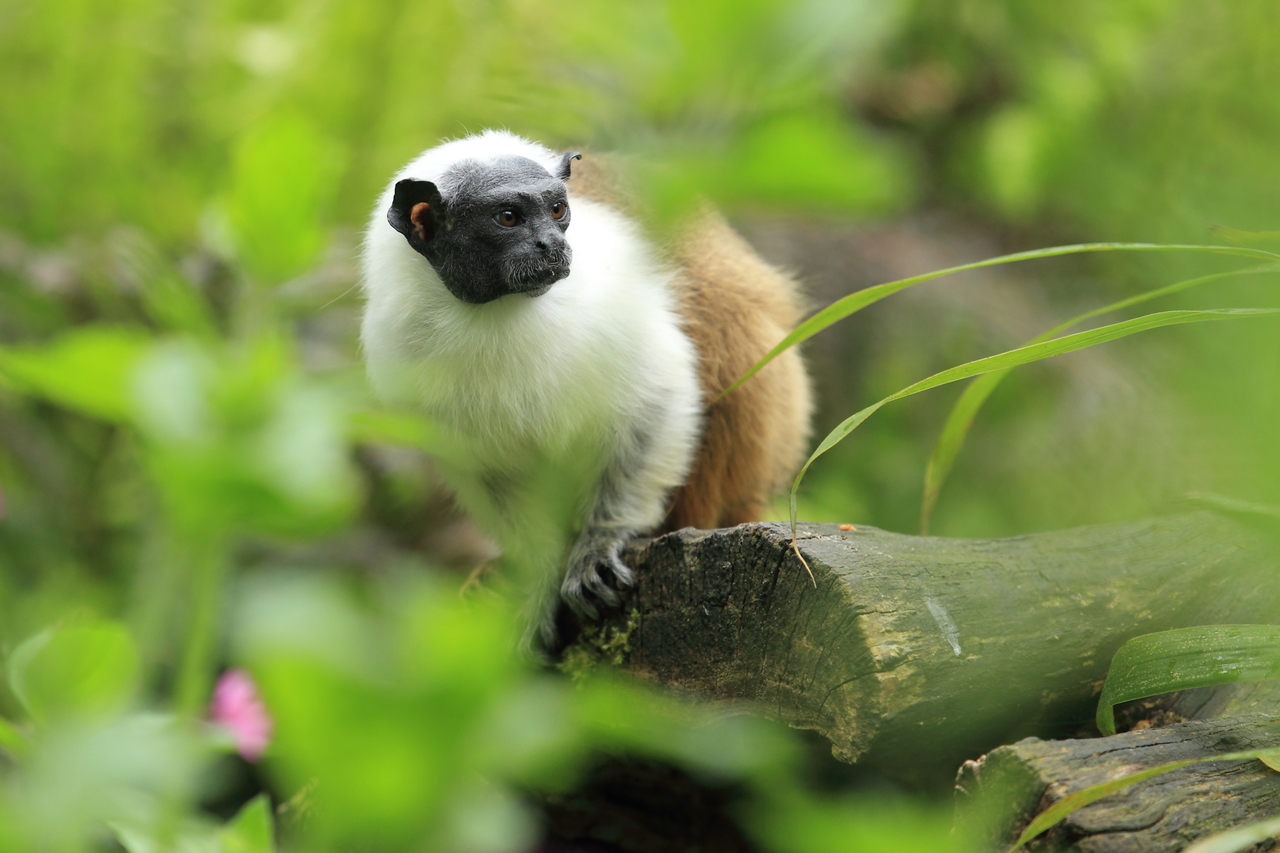
Avid communicators
Various vocalizations are used by the pied tamarin groups to communicate, including chirps, trills, cries, long calls, and whistles. Scientists are beginning to understand a few of these sounds, such as long calls, used to tell other tamarins in the area of a group’s location, warning them to keep away from their territory. It can also be used by a member who has ventured too far from the group, initiating a search and rescue mission.
Pied tamarins also use what are called “tsê” signals. These vocalizations are so quiet that researchers only knew of their existence when they noticed them on their spectrograms after their field study. It’s not clear what tsê signals are used for, but a few biologists think that it could be the pied tamarins responding to the humans' presence in the wild.
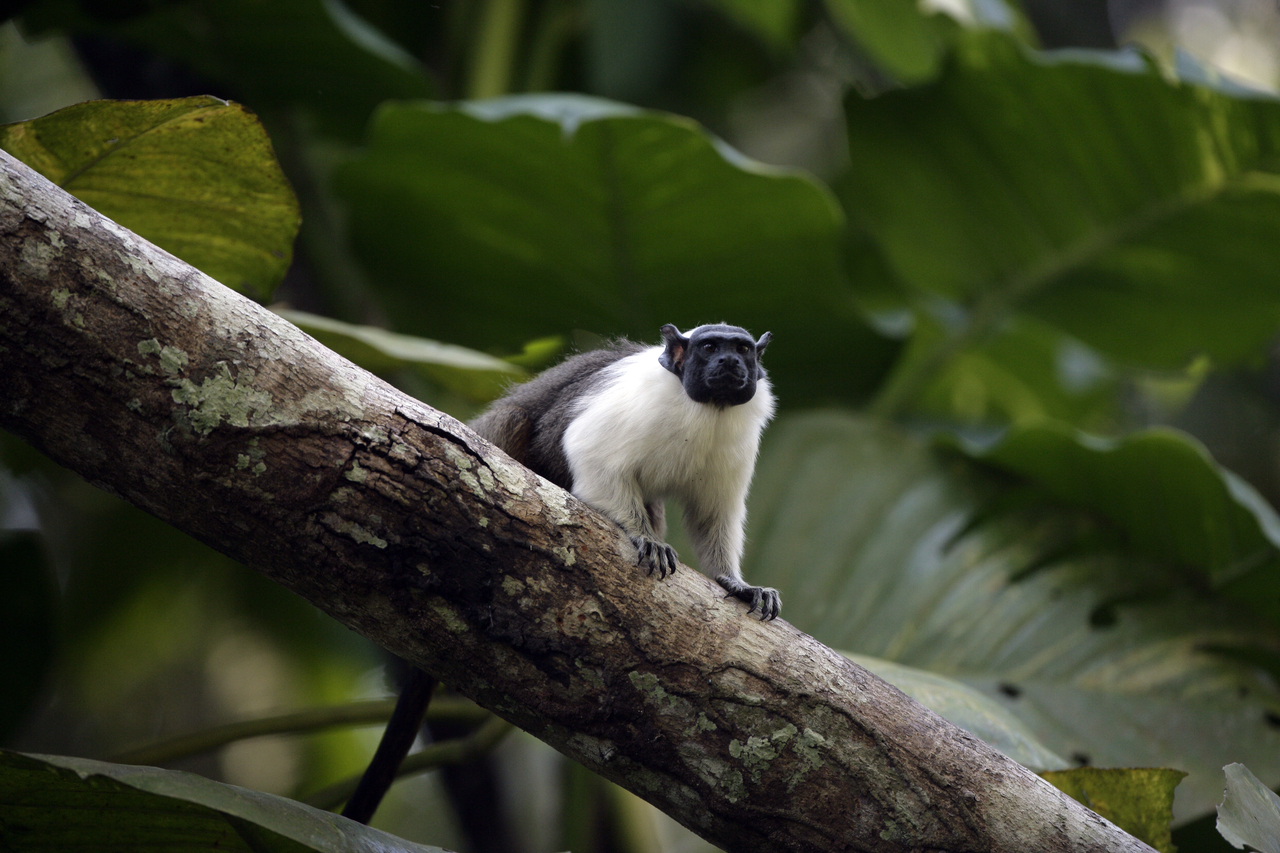
Protecting the pied tamarin
Listed as critically endangered on the IUCN Red List, the pied tamarin population is expected to decline by 80% by 2033, primarily due to habitat loss and fragmentation. As the city of Manus expands, pied tamarins must also compete with the red-handed tamarins for the same resources.
Some parts of the pied tamarin’s range are under protection through programs in Sumaúma State Park, Adolfo Ducke Forest Reserve, and Puranga Conquista Sustainable Development Reserve. It is up to conservation efforts like these and those supporting them to come to the rescue of these monkeys and save their rainforest home.
Interested in learning more about the species and bioregions of Southern America? Use One Earth's interactive Navigator to explore bioregions around the world.
Launch Bioregion Navigator